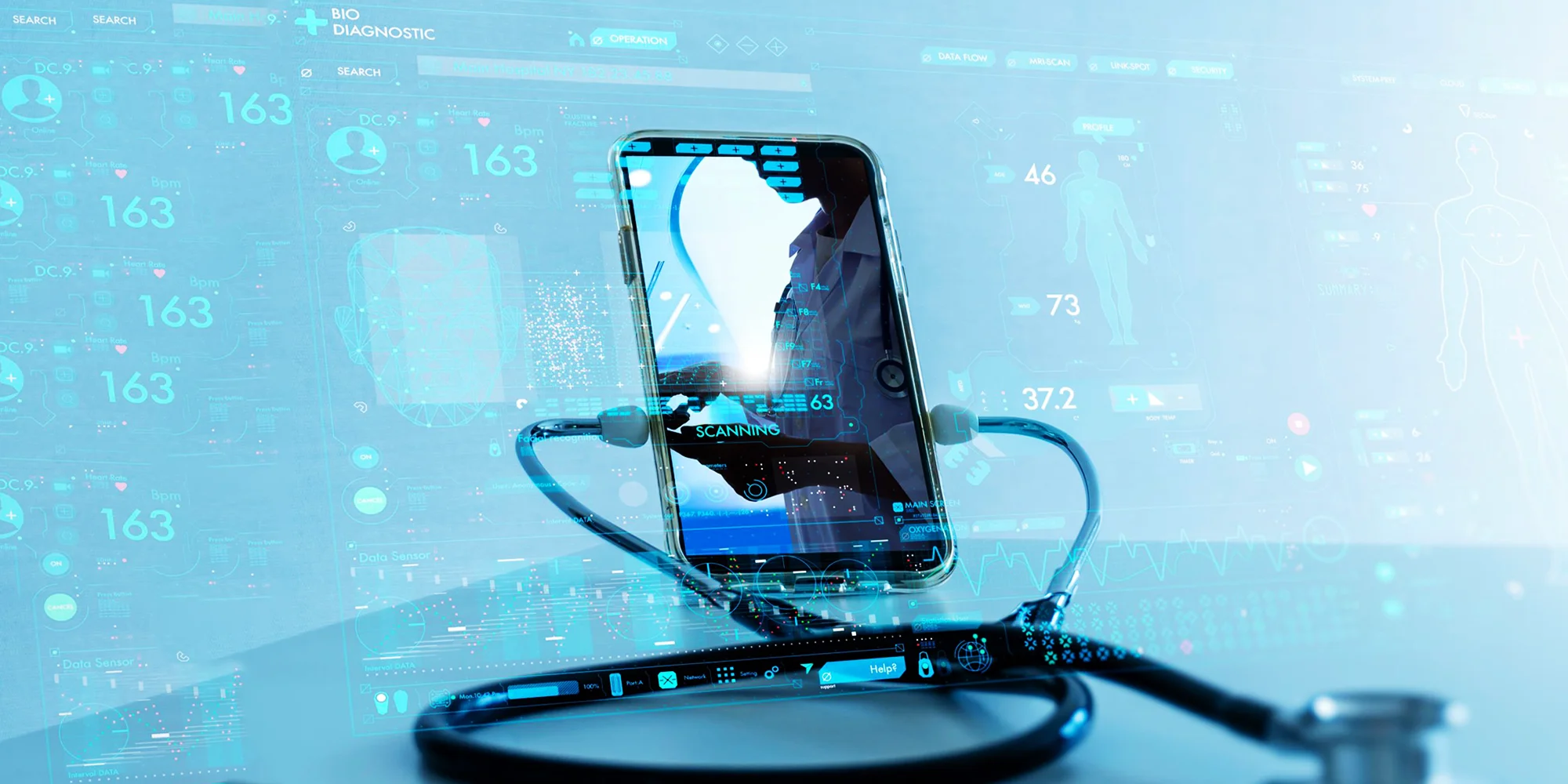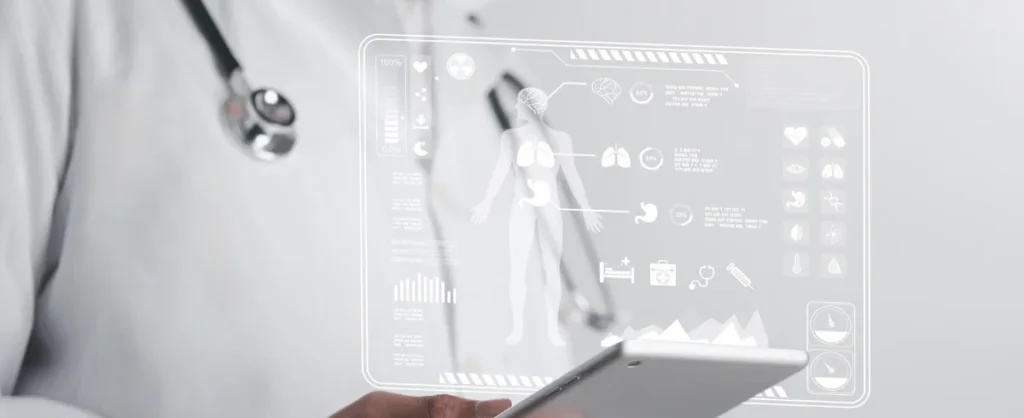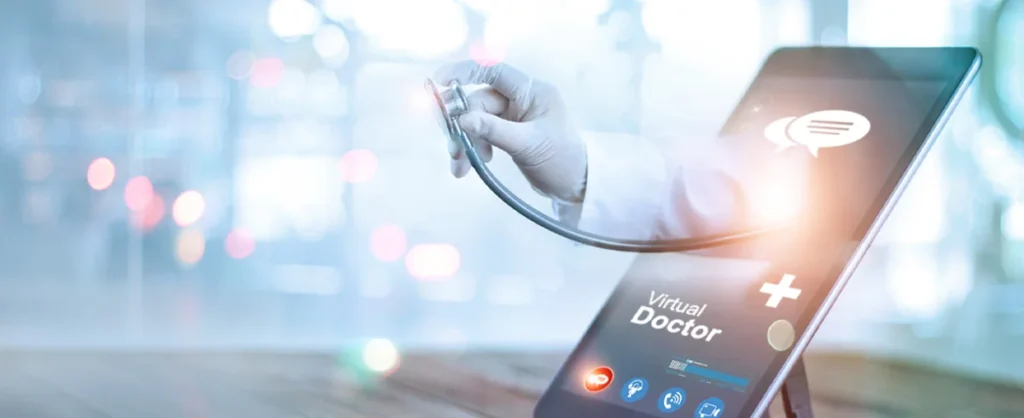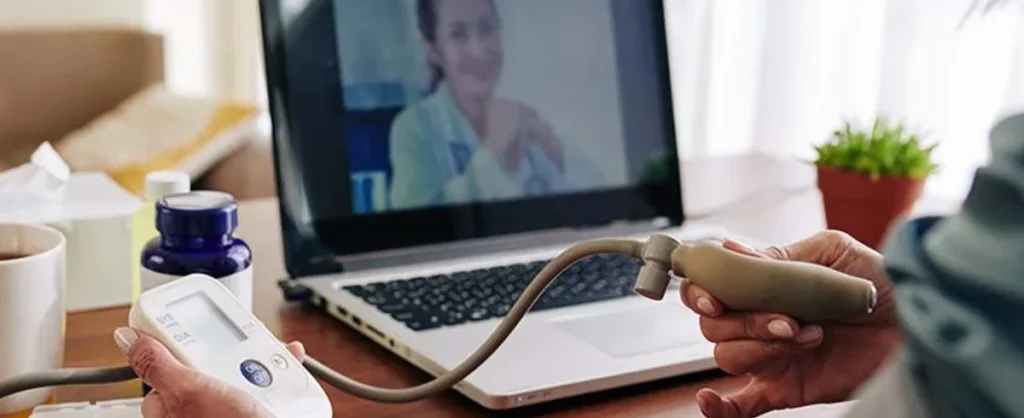Necessary Always Active
Necessary cookies are required to enable the basic features of this site, such as providing secure log-in or adjusting your consent preferences. These cookies do not store any personally identifiable data.
|
||||||
|
||||||
|
||||||
|

Telehealth is the use of modern technology trends to transform the way we access health care. It has bridged the gap in healthcare delivery, enabling providers to reach rural and underserved communities more effectively.
Although remote healthcare services existed before, the COVID-19 pandemic significantly accelerated its adoption, allowing more patients to consult and receive medical advice without being physically present in a clinic or hospital.
This approach is known as telemedicine, a subset of Telehealth that covers a wider range of healthcare related activities done remotely.
Recent studies show that telehealth for healthcare is gradually gaining recognition especially because it offers the needed help to curb the rate of premature death in rural America. Apart from eliminating geographical barriers, it also offers convenience, and saves time, allowing patients to consult healthcare professionals from the comfort of their homes.
This article explores how telehealth is transforming healthcare and highlights the key differences between telehealth and telemedicine. It explores how telehealth enhances healthcare, particularly in remote patient monitoring and other real-world applications. By the end, you’ll understand how to set up a telehealth appointment and discover telemedicine platforms for on-demand online doctor consultations.

While telehealth and telemedicine both use technology to improve access to medical care, they are slightly different. Therefore, as a patient or health care provider, it is important that you know what these two technology terms mean.
Telehealth is a general term that describes the use of digital technology to deliver and improve healthcare services. It encompasses both clinical and non-clinical aspects of medical care including:
On the other hand, telemedicine refers to the use of technology to provide clinical services only including virtual doctor visits, remote diagnosis of conditions.

Telehealth for healthcare eliminates the need for physical consultations, allowing patients to receive medical care entirely online through video calls, messaging, and remote monitoring.
While it has some limitations, the following benefits highlight how it is transforming healthcare by improving accessibility, convenience, and cost-effectiveness.
Telehealth enables patients to consult doctors from the comfort of their homes through video calls, emails, text messaging, or other digital platforms. This eliminates the need for long hospital waits, making healthcare more convenient and accessible.
Telehealth helps control the transmission of infectious diseases like COVID-19 by allowing remote diagnosis and treatment. Virtual consultations reduce in-person visits, minimizing exposure to infected individuals and lowering transmission risks.
Doctors can assess patients in their home environments, which is particularly useful for allergists, neurologists, and specialists monitoring chronic conditions. Remote monitoring tools also enhance follow-up, ensuring better continuity of care.
Telehealth for healthcare eliminates geographical barriers, providing medical assistance to individuals in remote areas or those without health insurance. This makes healthcare more inclusive and ensures more people receive timely medical attention.
Hospital visits can be expensive, even with insurance. Telemedicine reduces healthcare costs by offering affordable consultations and minimizing transportation and administrative expenses. This makes medical care more financially accessible for both patients and providers.

Before exploring real-world applications of telehealth and telemedicine, it’s important to highlight the devices that make remote healthcare possible. Telehealth devices are tools that enable the remote delivery of medical services.
These include everyday gadgets like computers, smartphones, and tablets, as well as specialized equipment such as digital cameras, ECG devices, stethoscopes, vital sign monitors, and mobile apps designed for telehealth services.
With these tools in mind, let’s now explore the real-world applications of telehealth and how it is enhancing access to healthcare.
Telehealth appointments and virtual consultations allow patients to connect with healthcare providers in real-time using video calls, phone calls, or secure messaging platforms. Patients can schedule appointments through telemedicine platforms, where they discuss symptoms, receive diagnoses, and even get prescriptions without visiting a clinic.
These consultations are especially beneficial for routine check-ups, mental health counseling, follow-ups, and managing chronic conditions. Some telehealth systems, such as Acneway by Interexy, also integrate electronic health records (EHRs), enabling doctors to access patient histories and provide more informed care.
By eliminating travel time and reducing wait times, telehealth makes medical consultations more convenient and accessible for both patients and healthcare providers.
Remote patient monitoring (RPM) uses wearable devices and digital tools to track patients’ vital signs and health conditions in real-time, reducing the need for frequent in-person visits.
Devices such as smartwatches, blood pressure monitors, glucose monitors, and ECG sensors continuously collect data on heart rate, blood sugar levels, oxygen saturation, and other key health metrics.
This data is transmitted securely to healthcare providers, allowing them to monitor chronic conditions like diabetes, hypertension, and heart disease proactively.
RPM enhances early detection of potential health issues, improves treatment adherence, and enables timely medical interventions, ultimately leading to better patient outcomes and reduced hospital admissions.
Digital health services streamline medical care by leveraging technology to enhance efficiency and accessibility.
Telemedicine platforms serve as digital hubs that connect patients with healthcare providers for remote consultations, diagnosis, and treatment.
Leading platforms such as Teladoc Health, Amwell, MDLIVE, and Doxy.me offer secure video conferencing, chat-based consultations, and integrated electronic health records to streamline virtual healthcare.
These platforms support a wide range of services, including primary care, mental health therapy, dermatology, and chronic disease management.
By providing a user-friendly interface, appointment scheduling, and real-time communication, telemedicine platforms enhance accessibility, reduce wait times, and ensure high-quality medical care regardless of location.
Despite its advantages, telehealth for healthcare faces several challenges.
Technology barriers, such as limited internet access and digital literacy, can prevent some patients from fully benefiting from virtual care.
Regulatory and privacy concerns also pose risks, as data security and compliance with regulations like HIPAA are essential to protecting patient information.
Additionally, physical examinations remain a limitation, as certain conditions require in-person assessments, making telehealth less suitable for some medical cases.
Looking ahead, telehealth for healthcare is set to become even more advanced with AI-driven personalized treatment and predictive analytics, improving diagnosis and patient care.
The rollout of 5G technology will enhance virtual consultations with higher-quality video and faster data transmission. Wearable technology will continue to revolutionize remote monitoring by providing real-time health data and automated alerts.
Furthermore, the integration of smart home devices and IoT will create a connected healthcare ecosystem, offering seamless, proactive, and more efficient medical services.
Telehealth for healthcare is revolutionizing medical care by making healthcare more accessible, cost-effective, and convenient. The adoption of telehealth has skyrocketed in recent years. In 2019, only 16% of primary care physicians used telemedicine, but by 2021, that number had jumped to over 80%, showing a dramatic shift in how healthcare is delivered.
This rapid growth highlights the increasing reliance on telehealth for healthcare to improve patient access and streamline medical services.
Digital health services, including telemedicine platforms, remote patient monitoring, and AI-driven diagnostics, are becoming essential tools in everyday healthcare.
As technology continues to advance, telehealth will play an even greater role in improving patient outcomes and streamlining medical services.
Encouraging its adoption will help bridge healthcare gaps, enhance efficiency, and ensure quality care is available to more people, regardless of location.
Sign up to receive our newsletter featuring the latest tech trends, in-depth articles, and exclusive insights. Stay ahead of the curve!